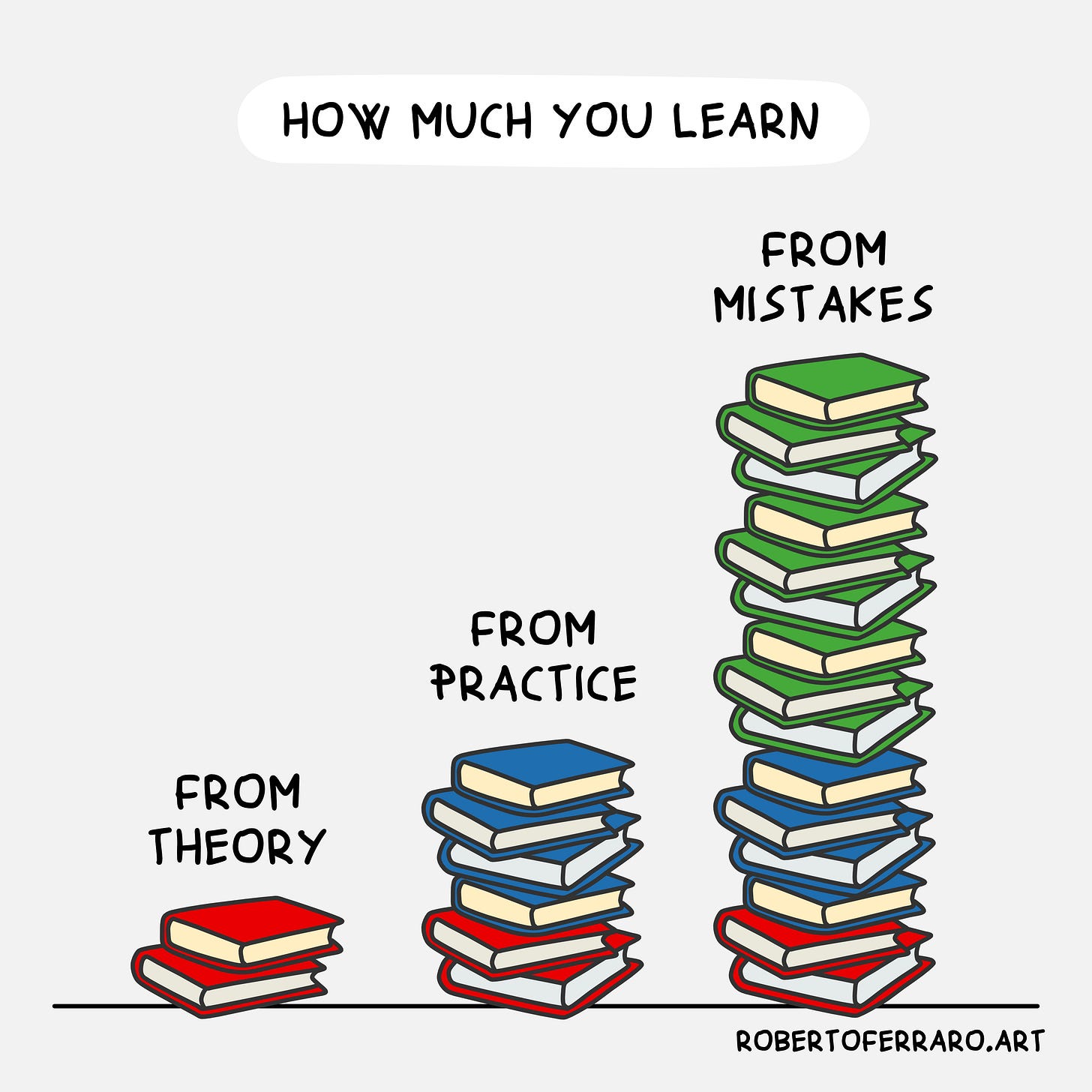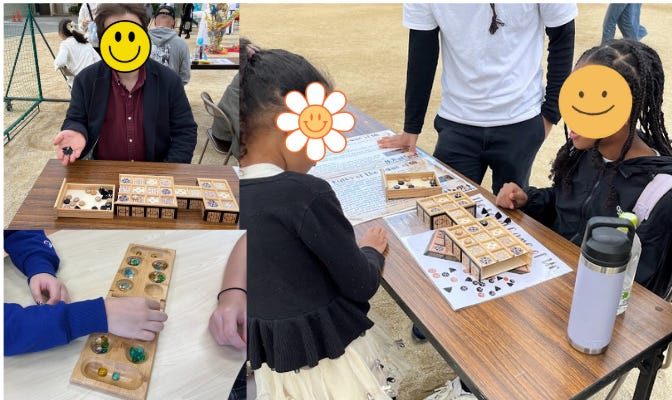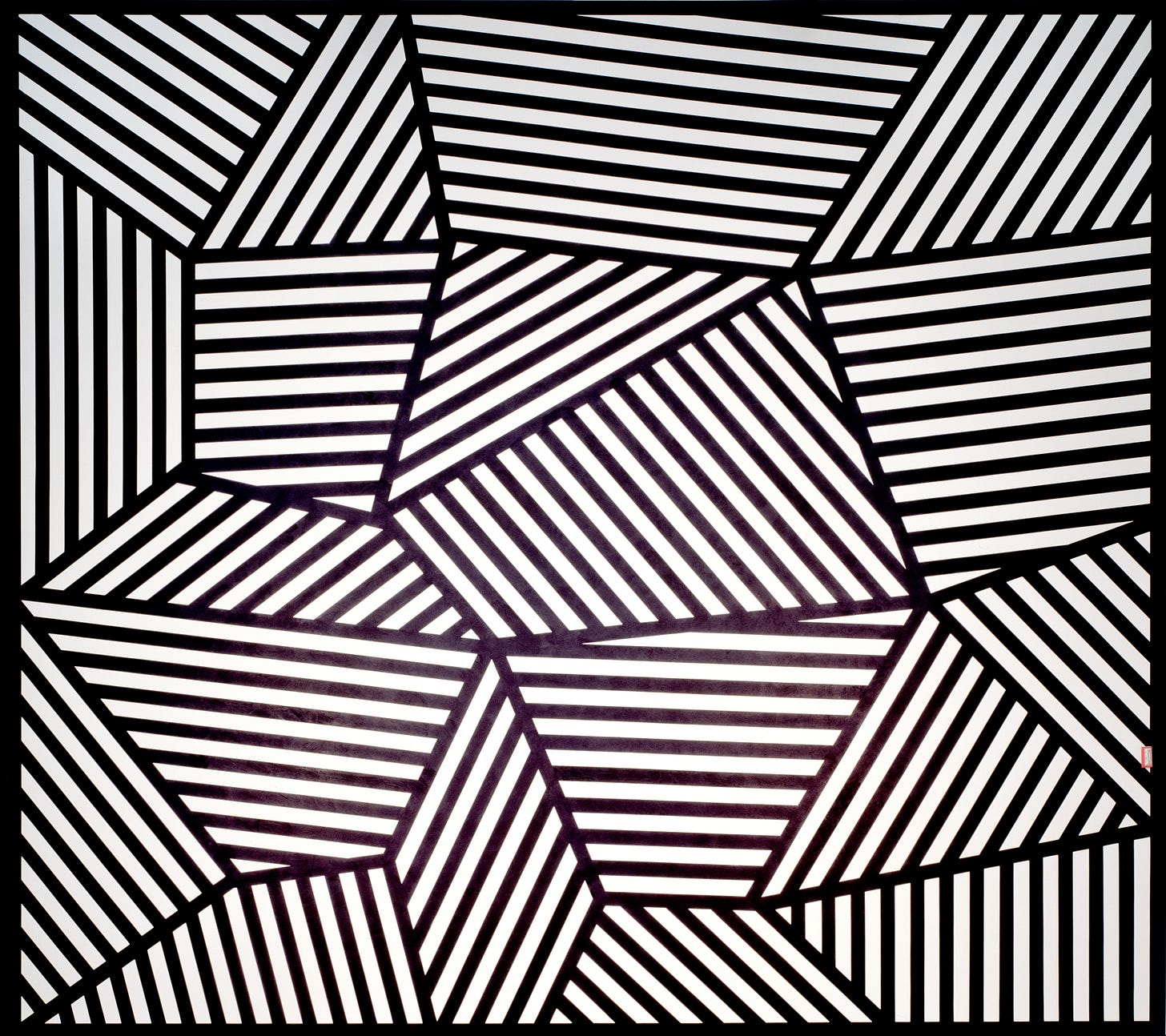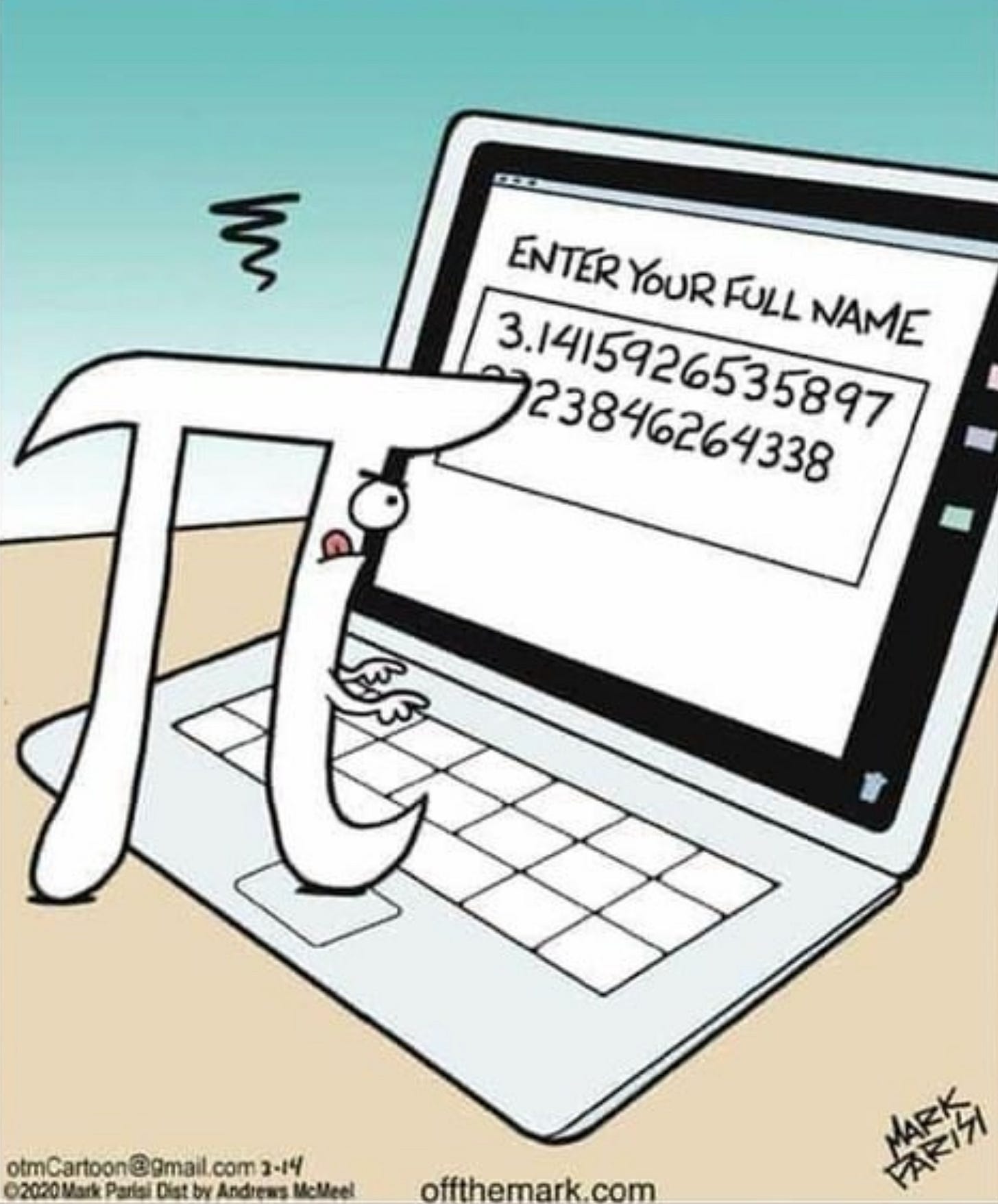The Math Intercept 12
On mistakes, The Game of Ur, Hexagonal Thinking, Geodesic Domes, Puzzles, and more...
A teacher's role as an encourager and motivator is vital in creating a positive and engaging learning environment. I’d like to begin this newsletter by celebrating the ongoing efforts of teachers in inspiring their students—especially the dedicated math teachers. It is the end of the first semester, and it has been stressful for both teachers and students.
"But, Sir, I always make mistakes!" students often say. "Yes, and we’ll continue to make mistakes—and continue to learn from them", I reply. “Remember, struggling is not the same as failing. Even if you fail, you can always bounce back, as long as you have effort and dedication."
2024 was a year full of mistakes, but I don’t regret them. I’ve learned so much along the way. Perhaps there are even more mistakes I’m not yet aware of—and that’s okay. I feel calm and at peace with the uncertainty.
Recently, I had the opportunity to organize a booth for the culture festival at my school, featuring three fascinating board games. The games I chose to highlight were The Royal Game of Ur, Mancala, and Backgammon. Each of these games carries a rich history and unique gameplay, which made them perfect for introducing to young students.
The Royal Game of Ur is considered one of the oldest known board games, dating back to ancient Mesopotamia. It was excavated in a tomb and the rules were discovered by deciphering the clay tablets! It was a day full of excitement and discovery. Watching the students engage with these timeless games, ask questions, and dive into their strategies was incredibly rewarding. These games are amazing to play at parties and with your family as well.
As an end of unit activity, I prepared some reflection activities for my classes. One of these activities requires an interesting thinking routine. Students write out the main concepts of the unit on hexagons and create a mind map by connecting the hexagons. It is a great opportunity to promote critical thinking and collaboration. You can check here for instructions. Below there are samples for the Grade 7 probability unit.
Math Eyes: Geodesic Domes
Geodesic domes are spherical or hemispherical structures made up of interconnected triangular elements. They are known for their strength, lightweight construction, and ability to efficiently enclose large spaces. The design of geodesic domes is based on principles of geometry and geodesy, the study of Earth's curvature. They are used in architecture of recreational spaces, museums, greenhouses and playgrounds.
Curious Puzzles
A girl has as many sisters as she has brothers. But each brother
has twice as many sisters as brothers. How many brothers and
sisters in the family?
Select eight squares from the 64-square diagram, ensuring no two lie on the same diagonal, and aim to maximize their combined total value.
Puzzle Source: Clessa, J. J. (1996). Math and logic puzzles for PC enthusiasts. Courier Corporation. (purchase link)
Answers to the previous issue’s puzzles
I drew four right-angled triangles. The hypotenuse of my first triangle was also the shortest side of my second triangle; the hypotenuse of my second triangle was also the shortest side of my third triangle; the hypotenuse of my third triangle was also the shortest side of my fourth triangle. The length in millimeters of each side of each triangle was an integer less than 100.
What were the lengths of the shortest and the longest sides that I drew?
Solution: {9, 12,15} »» {15, 20, 25} »» {25, 60, 65} »» {65, 72, 97}
Using the digits 1 to 9, at most one time each, fill in the boxes to find the lengths of the missing sides.
The following right-angled triangle side lengths are mistaken. Add the same digit to all sides to maintain a valid measurement.
Math In Action
Bees use geometry in their honeycomb designs for efficiency. This study shows that they use more mathematics than that. Honey bees organize the contents of their double-sided combs symmetrically, with 79% of cells on one side mirroring those on the other. When two separate colonies were placed on opposite sides of a comb, they still mirrored each other’s organization, suggesting heat guides where bees start building and raising brood. Symmetrical nests benefit bees by growing faster, raising more brood, and maintaining stable temperatures. This symmetry evolved with double-sided combs, allowing bees to stockpile contents symmetrically.
The quest to find the next prime number is a big challenge in the math world. All around the globe mathematicians are hunting the next prime number. However as the numbers grow, the difference between the consecutive primes also gets larger. Luke Durant from San Jose California found the largest prime number in the last month. The number has more than 41 million digits. (Keep in mind that, the numbers of atoms in the universe is estimated to be around 80 digits) Read more on this here.
The Infinite Monkey Theorem is a concept in probability and mathematics that states: If a monkey randomly types on a typewriter for an infinite amount of time, it will almost surely produce any given text, such as the complete works of Shakespeare. The theorem is mainly a thought experiment, but it has interesting applications and implications in understanding randomness, probability, and large-scale processes. It helps explain how unlikely events can happen if given enough time or trials, which is useful in fields like mathematics, computer science, and philosophy. However, this recent study revealed that the theorem is “misleading”.
Authors Stephen Woodcock and Jay Falletta explain that creating meaningful text, like Shakespeare's works, randomly during the lifespan of our universe is practically impossible. The "Finite Monkeys" idea shows that there will never be enough time or resources to achieve this by chance.
They conclude their work rather in a funny way:
Given plausible estimates of the lifespan of the universe and the amount of possible monkey typists available, this still leaves huge orders of magnitude differences between the resources available and those required for non-trivial text generation. As such, we have to conclude that Shakespeare himself inadvertently provided the answer as to whether monkey labour could meaningfully be a replacement for human endeavour as a source of scholarship or creativity.
To quote Hamlet, Act 3, Scene 3, Line 87: “No”.
Sarah Hart explains the math behind the surprising common coincidences with her “0.7 Rule” in her column in the New Scientist. She states that even very unlikely events can happen if there are enough chances for them to occur. Mathematically, if an event has a 1 in n chance of happening each time, and there are k independent opportunities for it to occur, the probability of it happening at least once is:
While the formula may seem complex, the key idea is that the chance of something improbable happening increases rapidly as the number of opportunities grows. Read more on here.
What is going on in this graph?
Coastal population growth is increasing, especially in Asia and Africa where about 72% of the population is living in coastal areas.
Approximately 15% of the global population lives within a few miles of a coastline, a number that is rapidly increasing due to urbanization, economic opportunities, and population growth. Coastal areas are highly attractive for settlement and development because they provide access to trade, tourism, and resources, fostering economic growth and employment. However, this concentration of population in coastal regions also increases vulnerability to the impacts of climate change, such as rising sea levels, storm surges, and extreme weather events. As global temperatures rise, melting ice caps and the thermal expansion of seawater contribute to rising sea levels, which, combined with stronger and more frequent storms, exacerbate flooding risks in these areas. This trend poses significant challenges for infrastructure, housing, and livelihoods, particularly in rapidly growing coastal megacities, where informal settlements and inadequate infrastructure leave millions at heightened risk. The growing coastal population underscores the urgent need for climate adaptation measures, sustainable urban planning, and investments in resilient infrastructure to mitigate the impacts of these environmental threats.
Resource: Visvadeep Lebakula and Arthur Cosby on The Conversation
claims that wisdom comes from reflecting on the experience rather than experience. He supports this idea with an intriguing study from 2000.Math in Art: Wall Drawings of Sol LeWitt
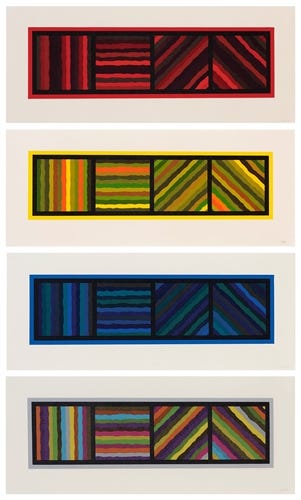
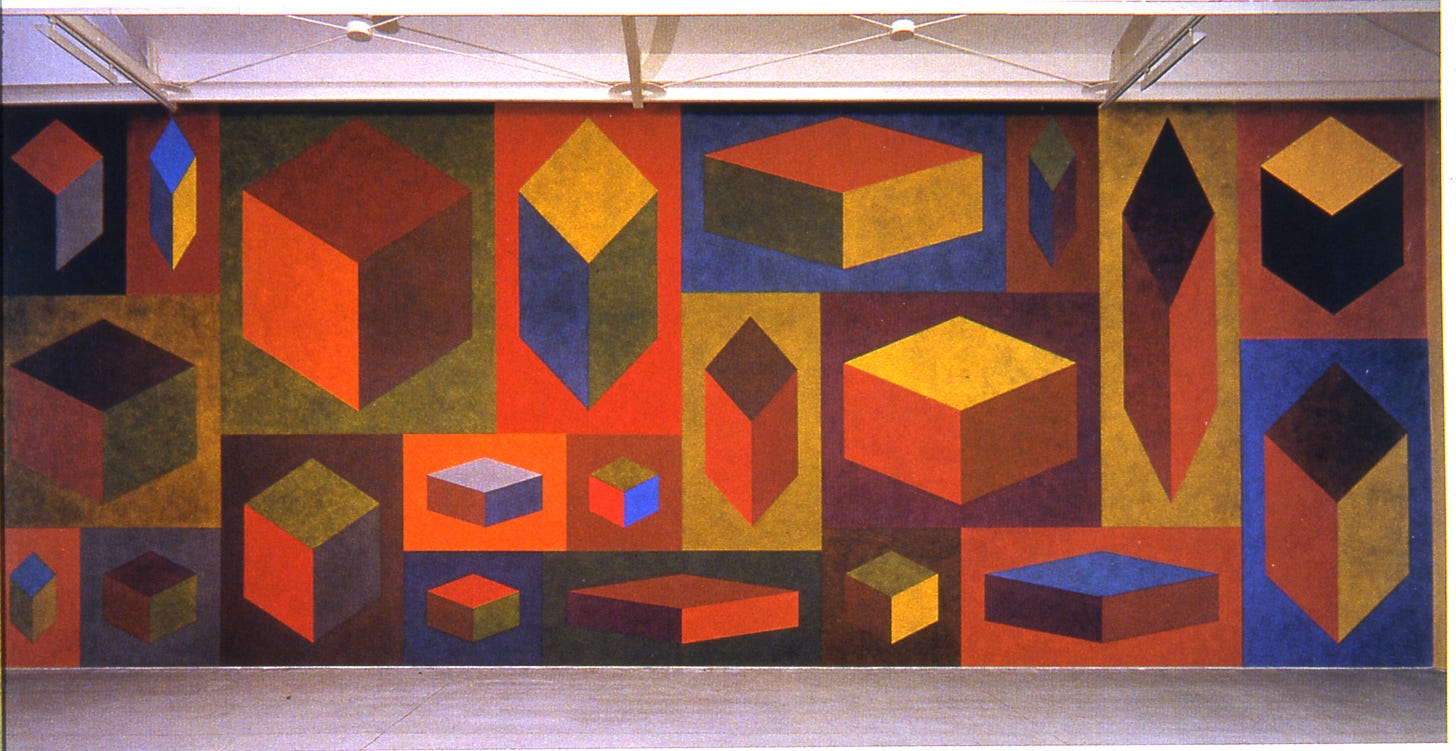
Sol LeWitt was a pioneering figure in the Conceptual Art and Minimalism movements. His art style is characterized by conceptual art and minimalism. His art style blends conceptual rigor with minimalistic aesthetics, focusing on the interplay between ideas, structure, and execution.


